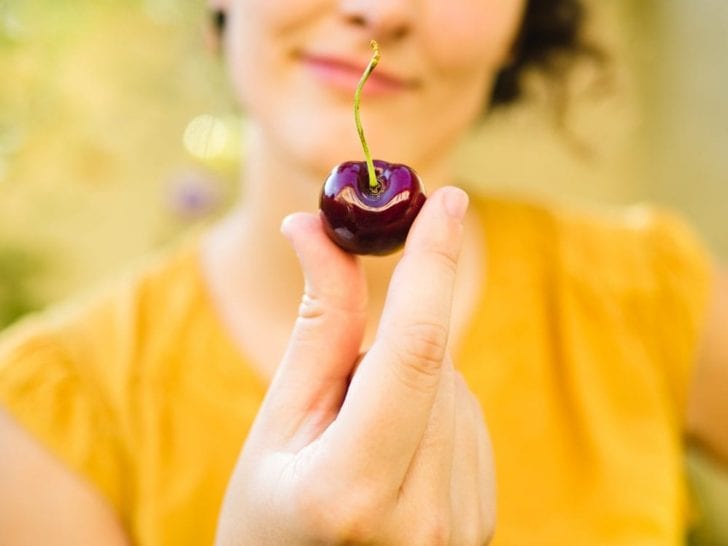If you’re a homesteader or know one, you’d be aware of the amount of importance they assign to self-sufficiency. Not only that but, subsistence agriculture, preserving food items, and small-scale production of craftwork, clothing, and other textiles are everyday tasks for them- somewhat of a hobby turned into a fullfledged lifestyle.
From this need to be constantly self-sufficient, homesteaders are known to utilize every single thing in the kitchen- and that includes seeds of stone fruits, out of which tasty syrups, glazes, and jams can be made.

What are Stone Fruits?
Stone fruits, sometimes referred to as drupes, are virtually fruits that have a pit or seed inside them, surrounded by a fleshy and sweet outer area inside the peel. The “stone” part of the name comes from the seed.
Such fruits are packed to the brim with Vitamins A and C, and minerals like calcium and potassium. They are also incredibly low in calories, high in fiber, great for lowering cholesterol, and improving digestion.
The most common stone fruits include:
- Plums
- Peaches
- Nectarines
- Pluots
- Apricots
- Apriums
- Cherries
- Lychees
- Green Almond
- Mangoes
- Blackberries
- Raspberries
- Mulberries
- Date
- Coconut
- Olive

Are Stone Fruits Seeds Poisonous?
Stone fruit seeds contain a substance called amygdalin, which breaks down into hydrogen cyanide once it is ingested. Anything that has cyanide in its name can’t be good, for sure.
Poison Control to the rescue!
According to the organization, while it is generally better to avoid ingesting them, it is unlikely for you to be poisoned by a few seeds or pits. However, it seems like not a lot of people are crazy about following this rule. Additionally, The Food Safety Hazard Guidebook has revealed that hydrogen cyanide cannot survive in high temperatures, which is why recipes demanding high contents of stone fruit seeds are deemed safe, as long as they’re roasted or cooked down.
So How Much Stone Fruit Seeds Can I Safely Ingest?
The database on toxic substances at the National Institute of Health states that, per day, a 150-pound human being can safely consume 703 milligrams of hydrogen cyanide before suffering from any ill side-effects.
Per ounce (45-48 seeds), raw apricot seeds contain about 432 milligrams of hydrogen cyanide, so you’re good as long as you don’t swallow about 70 seeds in a day. In any case, how difficult would that be? Similarly, peach seeds per ounce (about 30 seeds) contain about 204 milligrams of hydrogen cyanide. Who would even try to swallow a hundred peach seeds? It’s physically impossible!

Here’s the thing you need to take away from this article- you shouldn’t try to ingest fruit pits or seeds purposefully. But, if you happen to have accidentally swallowed a few, don’t sweat it. You’ll be completely fine.
